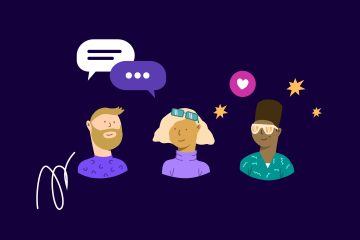Top Digital Tools for Interactive Science Lessons

Modern science education demands innovative approaches. Digital tools transform traditional classrooms profoundly. Teachers seek engaging methods daily always. Students thrive with dynamic learning experiences. Technology offers vast possibilities for genuine discovery. Interactive lessons capture student imagination consistently. These tools make complex science concepts accessible. They build deep understanding easily for every student. Educators foster curiosity effectively every single day. Digital platforms bridge learning gaps efficiently. Teachers prepare students for the future now. Student scientific journeys begin today. Explore powerful tools found here within this guide. This article highlights effective teaching resources. It inspires new teaching approaches for science. Modern learning ignites passion for learning. Scientific exploration becomes much more exciting. Engage young minds with technology.
Virtual Labs and Simulations
Interactive virtual labs revolutionize learning. PhET simulations offer diverse science topics. Students manipulate variables directly. They observe immediate results. Labster provides immersive lab experiences for the interactive science lessons. Complex experiments become accessible for everyone. Safety concerns disappear completely. Expensive equipment is no longer necessary. Students explore atomic structures easily. They perform genetic crosses virtually. Real-world scenarios come alive. Critical thinking skills develop rapidly. Science investigations gain new depth. Educators guide exploration effectively. These tools build strong conceptual understanding. Mission.io also offers simulation frameworks. Teachers can customize learning paths. Students discover science actively. They connect theory with practice. Learning becomes truly dynamic.
Gamified Learning Experiences
Gamification boosts student engagement. Kahoot turns quizzes into games. Students compete in real time. Learning becomes truly exciting. Quizizz offers self-paced challenges. Students master concepts individually. Immediate feedback is always given. Science topics feel less daunting. Complex ideas seem much simpler. Competition drives student motivation high. Rewards celebrate student achievements. Mastery becomes the ultimate goal. Teachers track progress easily. They identify learning gaps quickly. Gamified platforms reinforce knowledge. Students review content repeatedly. Learning retains its fun element. These tools make science memorable. Every lesson sparks interest. Students eagerly anticipate more.
Data Analysis and Visualization
Understanding data is very crucial. Vernier Graphical Analysis collects data. Students analyze experimental results. They interpret graphs effectively. Desmos explores mathematical functions. Visualizations clarify complex relationships. Science data becomes understandable. Critical thinking skills develop. Students draw valid conclusions. They communicate findings clearly. Data exploration fosters inquiry. Teachers guide data interpretation. Students identify patterns easily. They make informed predictions. Mission.io supports data sharing. Educators collaborate on projects. Students present their discoveries. These tools empower young scientists. They build analytical prowess. Real scientific work begins.
Conclusion
Digital tools revolutionize science education. They foster student engagement deeply always. Interactive lessons inspire curiosity greatly. Teachers possess powerful teaching resources. Virtual labs bring experiments to life truly. Presentation platforms make learning dynamic. Gamification makes science enjoyable for all. AR and VR create immersive worlds.



















